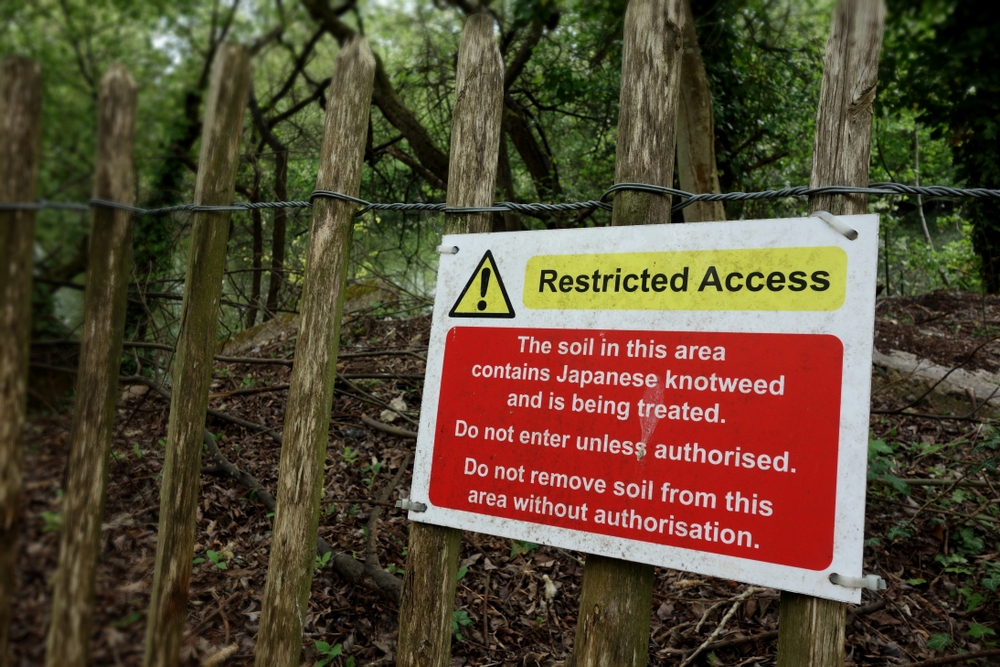
Japanese knotweed was originally introduced to the UK as an ornamental plant in the 1850s. But today, it has become a fast-growing, invasive species that can significantly damage properties. Japanese knotweed removal is therefore essential to prevent the plant from spreading and causing further damage.
Its deep and extensive roots can spread rapidly, making it difficult to control. While the weed’s damage can extend to foundations, walls, and even pavements. The plant is so destructive that it is now classified as a “controlled weed” in the UK, meaning it is illegal to plant, trade, or transport it without a permit.
Japanese Knotweed Removal Methods By CYB Environmental
Excavation
Japanese knotweed’s extensive root system often penetrates deep into the ground, necessitating comprehensive excavation to eradicate all traces. Although labour-intensive, this method guarantees a lasting solution and avoids the use of chemical herbicides, reducing environmental impacts. It stands as a reliable and effective method for Japanese knotweed removal, as it involves physically digging out the entire root system and rhizomes of the knotweed, ensuring eradication at its source.
Skilled professionals execute precise excavation to prevent unintentional spread, securing the surrounding environment. Post-excavation monitoring and follow-up maintenance are essential to ensure successful elimination, safeguarding against potential regrowth.
Chemical Control
Chemical control serves as a common and potent method for Japanese knotweed removal, as it harnesses targeted herbicides to suppress its growth. Specifically formulated chemicals are applied directly to the foliage or injected into the plant, effectively disrupting its biological processes. However, careful application is crucial to prevent unintended environmental harm.
This method can be more cost-effective and require less physical labour than excavation. Nevertheless, a comprehensive understanding of local regulations and best practices is essential to ensure responsible and sustainable application. Regular monitoring and follow-up treatments may be necessary to achieve successful, long-term eradication of the invasive species.
On-site Burial
On-site burial is a lesser-known method of Japanese knotweed removal, which involves excavating the infested soil and burying it at a significant depth within a containment area on-site. This approach isolates the invasive plant and its rhizomes, reducing the risk of spreading to other areas.
While it avoids the use of chemicals, this method demands careful handling and secure containment to prevent unintentional dispersal. On-site burial may be suitable for large-scale infestations where removal and transportation to off-site disposal facilities are impractical. Regular monitoring is essential to detect any potential regrowth and address it promptly for effective eradication.
What to Do if You Find Japanese Knotweed on Your Property
If you think you have Japanese knotweed on your property, getting a professional assessment as soon as possible is important. A professional Japanese knotweed removal team can identify the plant and recommend the best treatment method.
At CYB Environmental, we are trusted for treating and removing Japanese knotweed in the UK. With a head office in London and satellite offices in Bristol and Cardiff, we are conveniently located to service most of London, the South of England, and Wales. Our commitment ensures that we continue to provide a high-quality service, and accurately meet client objectives, whilst maintaining traditional values of honesty, integrity and professionalism. Get in touch with us today, and we will be happy to help!

